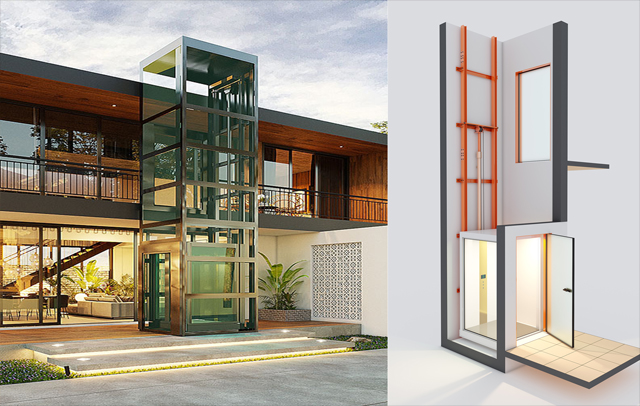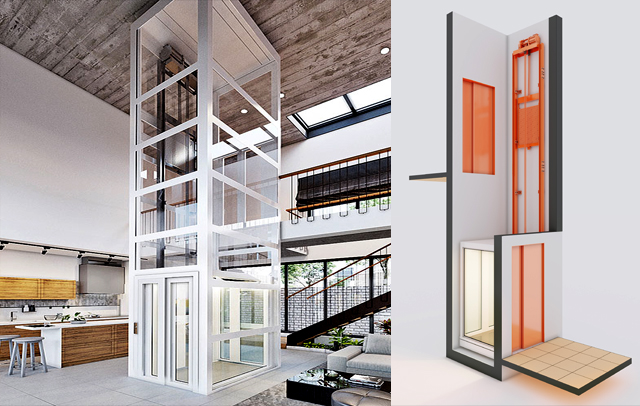
Hospital lifts
Hospital lift service involves specialized maintenance, repair, installation, and modernization of elevators specifically designed for use in hospitals and healthcare facilities. These lifts, often referred to as hospital or medical lifts, play a critical role in facilitating the smooth and efficient movement of patients, staff, and medical equipment within the hospital environment. Here are the key aspects of hospital lift service:
Installation: Hospital lift service providers install new elevator systems tailored to the unique needs and specifications of healthcare facilities. This includes selecting appropriate elevator types (such as passenger lifts, bed lifts, or stretcher lifts), ensuring compliance with healthcare regulations and standards, and integrating specialized features such as emergency call buttons, handrails, and stretcher support systems.
Maintenance: Regular maintenance is essential to ensure the reliable and safe operation of hospital lifts. Maintenance tasks typically include inspecting mechanical and electrical components, checking for wear and tear, lubricating moving parts, and verifying the functionality of safety devices such as emergency braking systems and door sensors. Given the critical nature of hospital operations, maintenance schedules are often tailored to minimize disruptions and ensure maximum uptime.
Repair: Hospital lift service companies offer prompt repair services to address issues such as malfunctioning doors, elevator cabin malfunctions, or electrical faults. Quick response times are crucial in healthcare settings to minimize disruptions to patient care and ensure the safety of patients and staff.
Modernization: As hospital facilities evolve and technology advances, older elevator systems may require modernization to improve performance, energy efficiency, and safety. Service providers can upgrade control systems, replace outdated components with newer technology, or install additional safety features to meet current regulations and enhance patient experience.
Safety inspections: Regular inspections are conducted to identify potential hazards and ensure compliance with healthcare regulations and standards. These inspections may involve testing safety features such as emergency stop buttons, handrail integrity, and elevator weight limits to ensure they meet stringent safety requirements.
Emergency services: Hospital lift service providers offer 24




